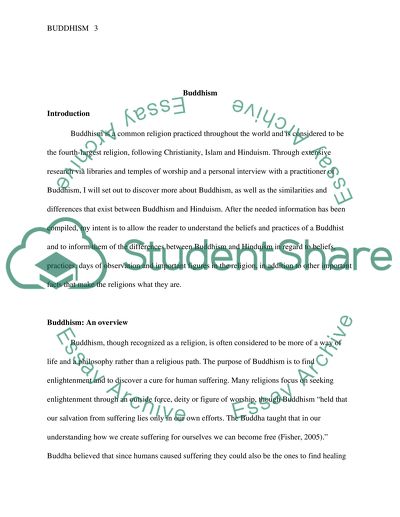Cite this document
(“Buddhism Essay Example | Topics and Well Written Essays - 2500 words”, n.d.)
Retrieved from https://studentshare.org/environmental-studies/1410683-buddhism
Retrieved from https://studentshare.org/environmental-studies/1410683-buddhism
(Buddhism Essay Example | Topics and Well Written Essays - 2500 Words)
https://studentshare.org/environmental-studies/1410683-buddhism.
https://studentshare.org/environmental-studies/1410683-buddhism.
“Buddhism Essay Example | Topics and Well Written Essays - 2500 Words”, n.d. https://studentshare.org/environmental-studies/1410683-buddhism.


